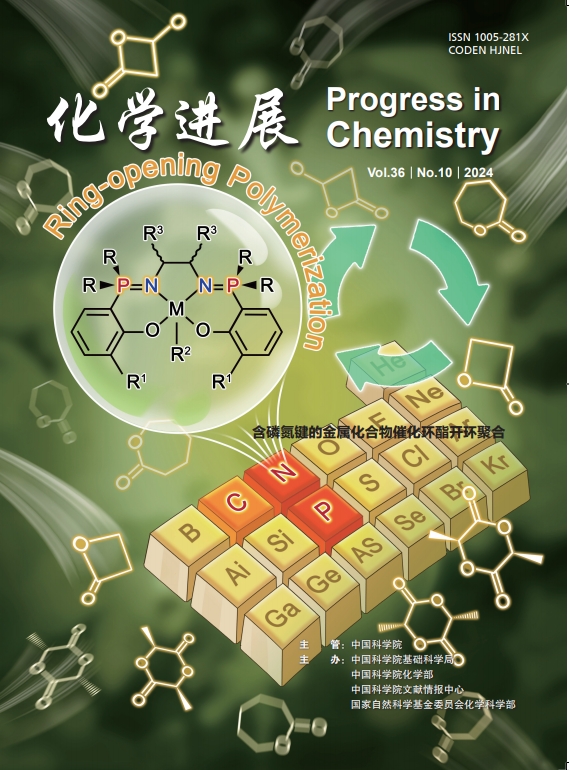KARAKTERISASI DAN AKTIVITAS ANTIOKSIDAN SERAT PANGAN DARI TEPUNG KULIT LEMON CUI (Citrus microcarpa)
IF 1
4区 化学
Q4 CHEMISTRY, MULTIDISCIPLINARY
引用次数: 1
Abstract
Tujuan dari penelitian ini untuk mengekstraksi dan mengkarakterisasi antioksidan serat pangan dari kulit lemon cui (Citrus microcarpa) dengan perbedaan pelarut menggunakan gelombang ultrasonik. Hasil penelitian menunjukkan bahwa tepung kulit lemon cui yang diekstraksi dengan perbedaan pelarut tidak mengalami perubahan mendasar pada komponen utama ditunjukkan pada hasil spectra Fourier Transfrom Infra Red (FT-IR). Karakterisasi secara kimia menunjukkan TPKLC memiliki kandungan air (8,49%), abu (4,44%), lemak (0,8%), protein (12,45%), dan karbohidrat (73,99%). AKLC mengandung air (1,71%), abu (4,41%), lemak (0,56%), protein (10,56%), karbohidrat (82,76%). EKLC mengandung air (7,88%), abu (6,18%), lemak (1,04%), protein (7,68%), karbohidrat (77,22%). Hasil pengujian aktivitas antioksidan menunjukkan bahwa ekstrak fenolik EKLC (96,48%) tertinggi diikuti oleh ekstrak fenolik AKLC (95,45%), dan ekstrak fenolik TPKLC (94,29%).Hasil penelitian ini menunjukkan bahwa dengan pelarut etanol dapat meningkatkan aktivitas antioksidan dibanding dengan pelarut aquades.ABSTRACTObjective of this study to extract and characterize antioxidant dietary fiber from lemon peel cui (Citrusmicrocarpa)with different solvents using wave ultrasonic. The results showed that the lemon cui peel powder extracted with different solvents did not experience a fundamental change in the main component as shown in the results of the Fourier Transfrom Infra Red (FT-IR) spectra. Chemical characterization showed that TPKLC contained water (8.49%), ash (4.44%), fat (0.8%), protein (12.45%), and carbohydrates (73.99%). AKLC contains water (1.71%), ash (4.41%), fat (0.56%), protein (10.56%), carbohydrates (82.76%). EKLC contains water (7.88%), ash (6.18%), fat (1.04%), protein (7.68%), carbohydrates (77.22%). The results of the antioxidant activity test showed that the highest EKLC phenolic extract (96.48%) was followed by AKLC phenolic extract (95.45%), and TPKLC phenolic extract (94.29%). The results of this study indicate that ethanol solvent can increase antioxidant activity compared to distilled water solvent.从柠檬果皮(柑橘微碳水化合物)中对食物纤维的分类和活性
本研究的目的是从柠檬果皮(Citrus microcarpa)和超声波溶剂的不同溶剂中提取和分析食物中的抗氧化纤维。研究表明,从不同溶剂中提取的柠檬白粉的主要成分并没有发生根本的变化。化学特征表明,TPKLC的含水量(8.49%)、灰烬(4.44%)、脂肪(0.8%)、蛋白质(12.45%)和碳水化合物(73.99%)。AKLC含有水(1.71%)、灰烬(4.41%)、脂肪(0.56%)、蛋白质(10.56%)、碳水化合物(82.76%)。EKLC含有水(7.88%)、灰烬(6.18%)、脂肪(104%)、蛋白质(7.68%)、碳水化合物(77.22%)。抗氧化物活性测试结果显示,酚萃取液(96.48%)是最高的,然后是酚萃取物(95,45%)和TPKLC提取物(94.29%)。研究结果表明,乙醇溶剂比aquades溶剂增加抗氧化剂的活性。这个研究的摘要与使用超声波波的不同士兵对柠檬皮的纤维进行了对比。人们指出,这种柠檬汁以不同的价格冒出来,并没有经历过从红外线衍生而来的傅里叶替代品所表现出来的根本变化。化学作用表明,受污染的水(8.49%)、灰(4.4%)、脂肪(0.8%)、蛋白质(12.45%)和carbohydrates(73.99%)都是受污染的。AKLC接触水(1.71%),ash (4.41%), fat(0.56%),蛋白质(10.56%),carbohydrates(88.76%)。渗水(7.88%)、灰(6.18%)、脂肪(1.04%)、蛋白质(7.68%)、卡波西德拉特(77.22%)。反氧活动测试表明,最极端的酚extract(96.48%)是由公元95.45%的苯酚extract(94.29%)和TPKLC phenolic extract(94.29%)遵守的。这个研究的结果是,乙醇solvent可以增加抗氧化剂作用,以减少水溶剂。
本文章由计算机程序翻译,如有差异,请以英文原文为准。
求助全文
约1分钟内获得全文
求助全文
来源期刊

化学进展
化学-化学综合
CiteScore
2.10
自引率
15.40%
发文量
4325
审稿时长
2.5 months
期刊介绍:
Progress in Chemistry is a peer-reviewed monthly journal. It is sponsored by the Chinese Academy of Sciences(CAS) and the National Natural Science Foundation of China(NSFC). It provides a forum to publish review papers of specialized topics covering the full spectrum of chemistry in Chinese or English, with emphasis on those topics of emerging research area. The reviews provide comprehensive information, including recent advances, development trends, as well as critical assessments about the subject. The readers interested are : researchers and students in chemistry and related areas, and policy decision-makers. Most members of the editorial board are famous scientists.
 求助内容:
求助内容: 应助结果提醒方式:
应助结果提醒方式:


